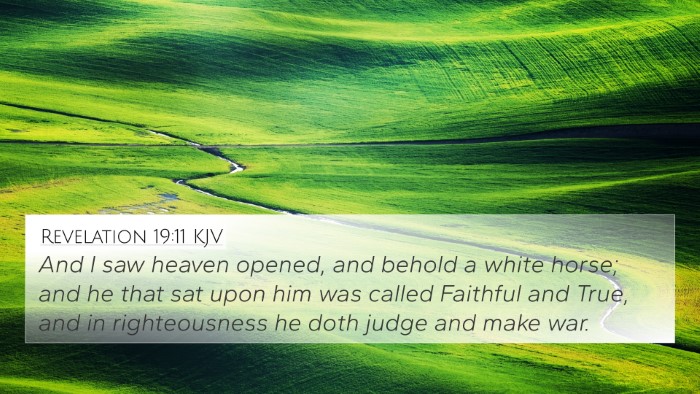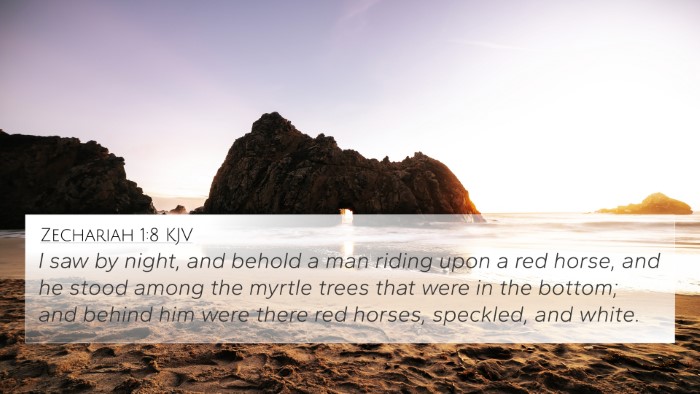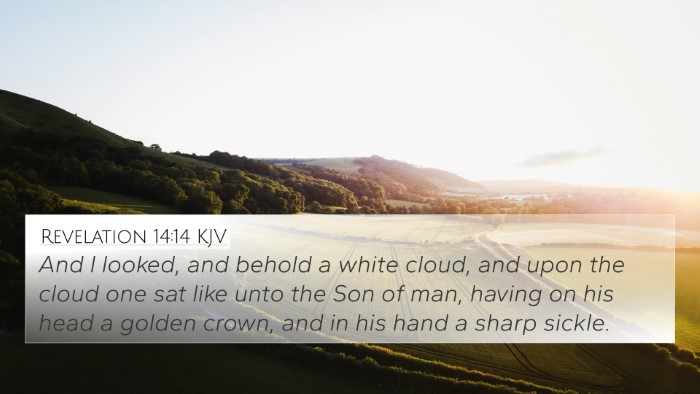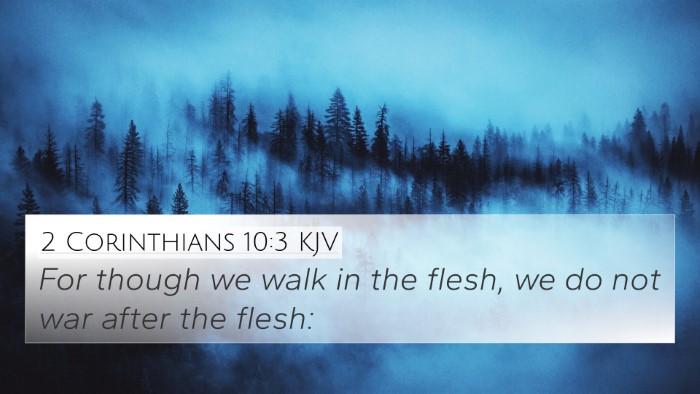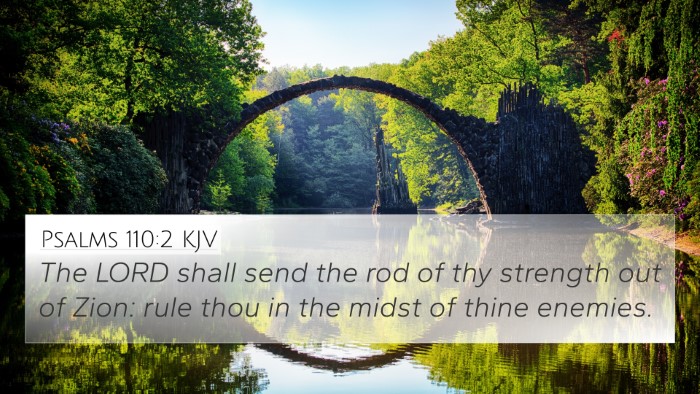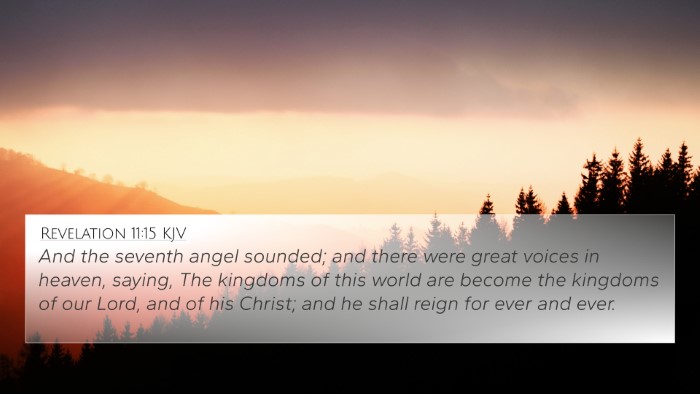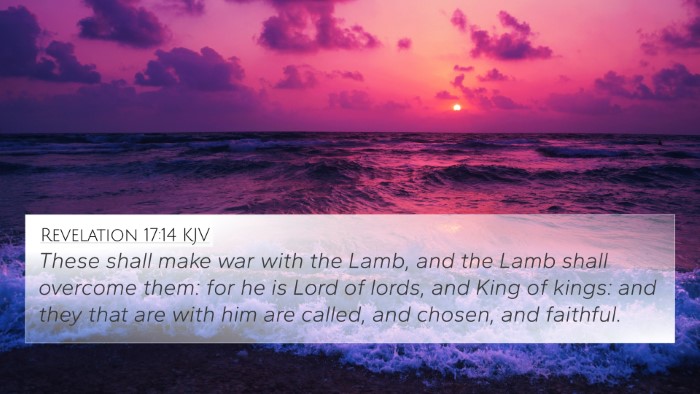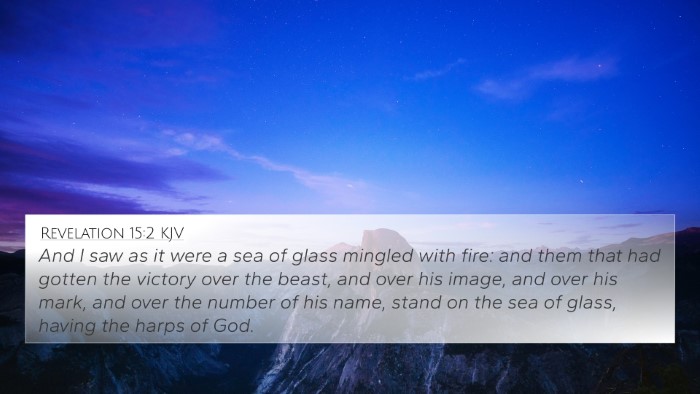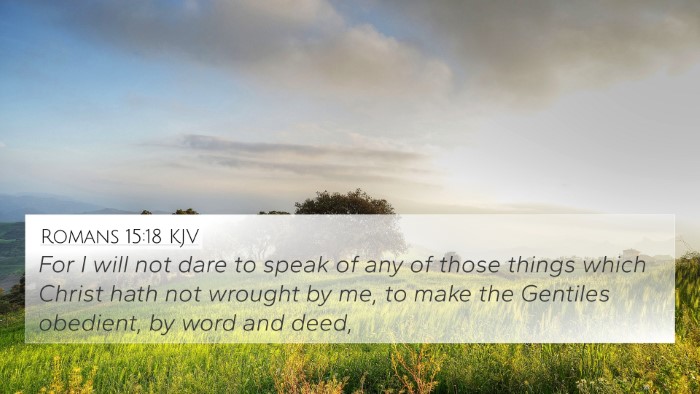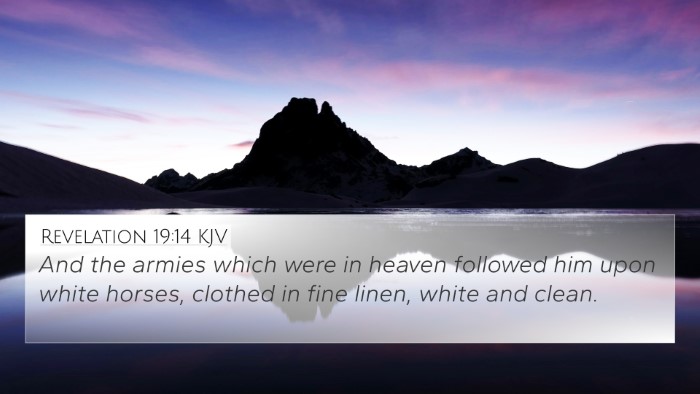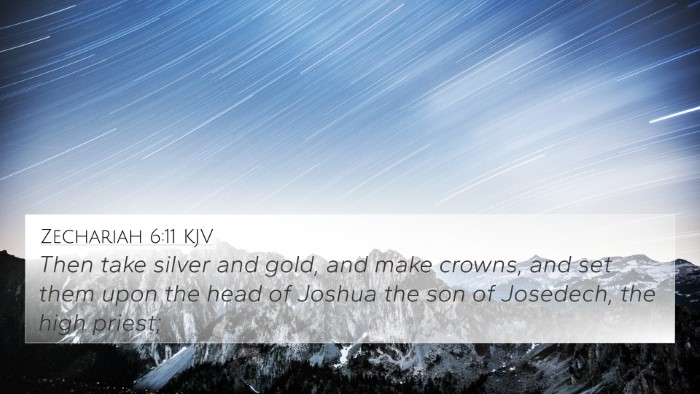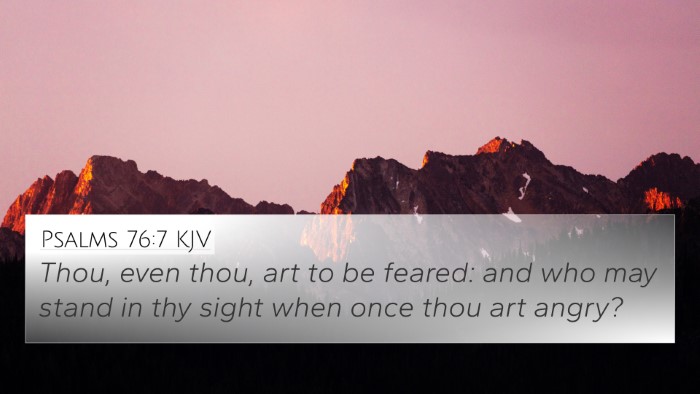Understanding Revelation 6:2
Revelation 6:2 (KJV): "And I saw, and behold a white horse: and he that sat on him had a bow; and a crown was given unto him: and he went forth conquering, and to conquer."
This verse is part of the vision describing the opening of the first seal in the book of Revelation, where John describes various symbolic beings representing significant events or entities in the eschatological narrative.
Summary of Insights from Public Domain Commentaries
Revelation 6:2 is rich with symbolism and has been interpreted in various ways by biblical scholars. Here, we amalgamate insights from Matthew Henry, Albert Barnes, and Adam Clarke:
The Symbolism of the White Horse
Matthew Henry observes the white horse as a symbol of conquest and victory, indicating triumph without bloodshed. The white color often signifies purity and righteousness, leading some to view this rider as a figure representing legitimate authority or even Christ resembling the conquering hero.
The Bow and Its Implications
Albert Barnes details that the bow signifies military power or authority. It represents the means by which the rider will achieve his victories. Unlike a sword, which implies violent conquest, a bow suggests more strategic and skillful engagement. This has led to discussions around the nature of this conqueror's methods, implying he may achieve conquest without direct confrontation.
The Crown: A Sign of Authority
Adam Clarke explains that the crown given to the rider signifies the authority bestowed upon him to rule. This can be interpreted as a literal coronation, emphasizing that he possesses the legitimate power to lead and conquer, further deepening the complexity of who this figure might be—whether it be a Christ-like figure or a representation of a political leader.
Going Forth Conquering
All commentaries converge on the idea that "going forth conquering, and to conquer" implies a relentless pursuit of victory. This phrase suggests a dynamic and ongoing mission, potentially foreshadowing the escalation of conflict in the remainder of the Revelation narrative.
Cross-Referencing Biblical Texts
To further understand Revelation 6:2, it is valuable to explore inter-Biblical dialogues through cross-referencing. Here are relevant cross-references:
- Matthew 28:18: Christ's declaration of receiving all authority.
- Revelation 19:11-16: The description of Jesus on a white horse, emphasizing righteous judgment.
- Zechariah 1:8: The vision of a man riding a red horse symbolizing the divine presence.
- 1 John 5:4: The victory that overcomes the world through faith.
- Luke 4:18-19: Jesus' proclamation in the synagogue, echoing themes of liberation and conquest.
- Psalms 45:3-5: The imagery of a noble warrior, representing strength and beauty in conquests.
- Isaiah 63:1-3: A description of the Lord coming from Edom with vengeance, which can resonate with themes of judgment and victory.
Interpreting Themes Through Cross-Referencing
The exploration of Revelation 6:2 isn't complete without engaging in comparative verse analysis:
- Comparative Bible Verse Analysis: By analyzing Revelation 6:2 alongside Revelation 19:11-16, we uncover richer implications of true divine authority versus potential counterfeit.
- Bible Verses That Relate to Each Other: Connecting this verse to Matthew 28:18 expands our understanding of authority in both the secular and spiritual realms.
- Thematic Bible Verse Connections: Studies of conquest narratives in the Old Testament, such as Joshua's campaigns, serve to illuminate the nature of God-given authority.
Tools for Further Study
For those looking to delve deeper into the meanings and connections of Revelation 6:2, consider the following tools and approaches:
- Bible concordance: Helps locate specific terms and their occurrences across the scripture.
- Bible cross-reference guide: Useful for tracking themes and motifs between different verses.
- Cross-reference Bible study: Engage with the text, exploring how various passages shed light on one another.
- Identifying connections between Old and New Testament: Unravel the unified narrative of the Bible.
- Bible chain references: Work through thematic chains that span across both Testaments.
Conclusion
In conclusion, Revelation 6:2 offers profound insights into the themes of authority, conquest, and the nature of victory. Through cross-referencing the scriptures and understanding the interconnectedness of biblical texts, we enhance our comprehension of this passage and its implications in the broader biblical narrative.
For further exploration, consider questions such as: What verses are related to Revelation 6:2?, How do Revelation 6:2 and Matthew 28:18 connect?, and What Bible verses support the themes found in this passage?




